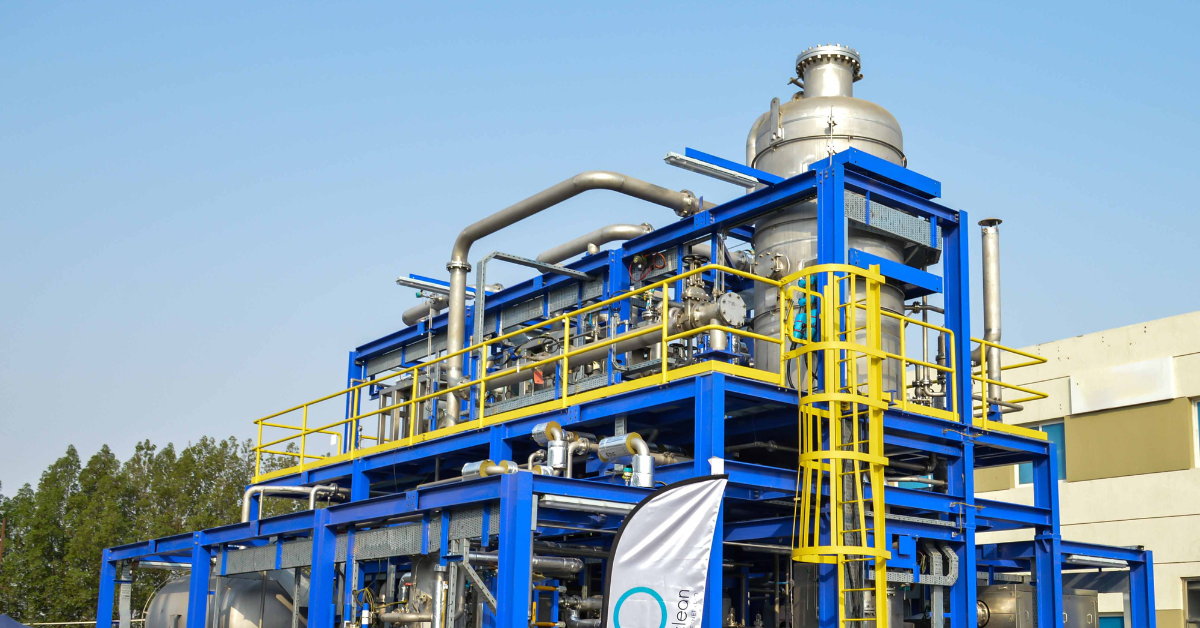The ‘energy trilemma’ – the need to deliver energy security and affordability, while also transitioning to net zero – has never been so critical. So, it was no surprise that it provided the mood music for COP27 and was top of mind for virtually everyone I spoke to.
We know that COPs are an ensemble – of civil society, business and policymakers – with the President orchestrating negotiations between government actors on centre stage. But COPs should also be seen as the crescendo of negotiations over a number of months leading up to November. This year, despite all the preparations, it definitely felt like geopolitical events that have shaken the global economy had a huge, and at times negative, impact on the final show.
But, there were still positives to be found in Sharm el-Sheikh. We saw a marked shift from targets to tangible plans and implementation by businesses, for example. From discussions with global CEOs, industry experts, investors and policymakers at our COP27 Forum, it’s clear that market signals are extremely positive.
Businesses are acting and, over the two weeks at COP27, we saw a significant number of CCUS announcements, including Saudi Aramco’s plans to develop one of the world’s largest CCUS hubs – with potential storage capacity of nine million tonnes of CO2 a year by 2027. Two of Carbon Clean’s strategic partners, CEMEX and Holcim, also announced that they are the first cement companies in the world (alongside TITAN Cement Group) to have set 1.5°C aligned near-term science-based targets. Business leaders are now producing real plans and are open to scrutiny of these plans.
However, businesses cannot act alone – partnerships and collaboration will be essential to delivering CCUS at scale, and swiftly.
COP provided a reminder of the critical need for easily deployable, affordable carbon capture technology. Last month, the UN published a report on the status of decarbonising energy-intensive industries, focusing on steel, chemicals and cement. Each of these industries produces essential materials, but together they account for 25% of total CO2 emissions globally. Without ’rapid and large-scale action’ to tackle emissions in these sectors, the world will fall short on the 1.5-degree target.
A key message in the report is that countries must encourage, and create the right incentives for, the deployment of CCUS without delay. It was positive to see a growing number of developing nations include CCUS in their NDCs (Nationally Determined Contributions) this year, suggesting a scale-up in new regions. But, how do we build on current momentum to meet the scale of the challenge? There are three key areas to focus on:
Continue to improve understanding. There’s still work to do to raise awareness of the industrial decarbonisation solutions available today. Our innovative technology is modular, easy to deploy and ready to go now. It also allows industrial emitters to mix and match carbon capture with other solutions, such as electrification (renewable, of course) and green hydrogen.
Further government support. While fully recognising the macroeconomic challenges that global governments are facing, the Inflation Reduction Act in the US has shown that it’s still possible to have smart policies that create a highly attractive investment environment, drawing in huge amounts of private investment. This will be crucial if we are to pick up the pace of decarbonisation through carbon capture.
Capturing economic opportunities. The CCUS supply chain offers significant opportunities to create well-paid, skilled jobs and economic growth, with first movers likely to reap the highest rewards. The CCUS sector in the UK is currently collaborating to demonstrate the scale of these opportunities, so there is more to come on this.
This year was an incredible year for Carbon Clean. We closed a $150m Series C round in May – the highest ever round for a point source carbon capture company. We started capturing carbon for NTPC in India and announced some very exciting projects with Chevron in the US, CEMEX in Germany and Veolia in the UK. And, we’re a few people shy of reaching 100 employees!
Looking ahead to 2023, the fact that we have just appointed a Chief Growth Officer and will shortly add a Chief Delivery & Supply Chain Officer to our leadership team, gives you a sense of our key priorities.
We are fully focused on growth across our target markets and geographies and scaling delivery with partners. Having mentioned the need for collaboration, we will also have exciting news to share on progress with our existing partners and new ones currently in development.
This year, our technology was operating in 49 sites worldwide. In 2023, we will move past the half-century milestone. We will also be bringing our fully scalable, modular CycloneCC technology to commercial operation.
We’re looking forward to deploying our technology and solutions to many more industrial sites to deliver deep decarbonisation in 2023. In the meantime, I wish you all a healthy and prosperous new year.



